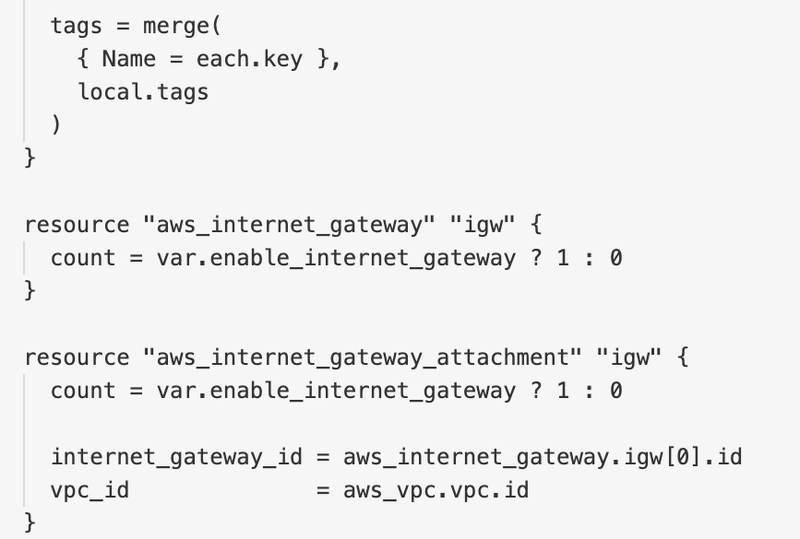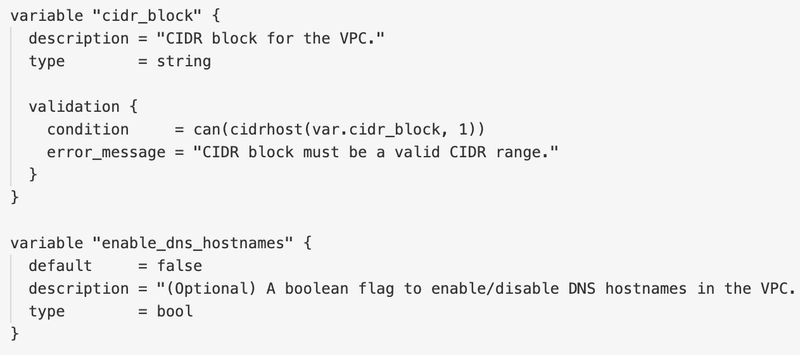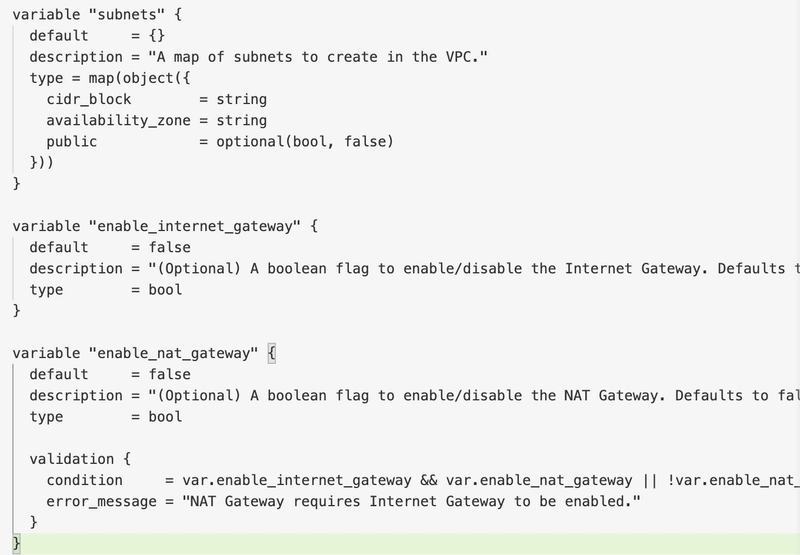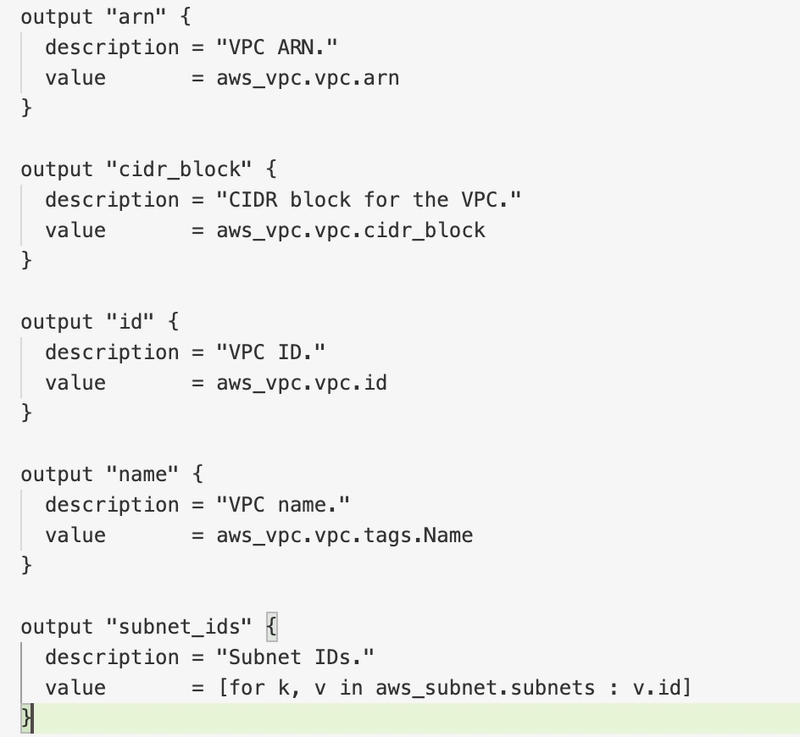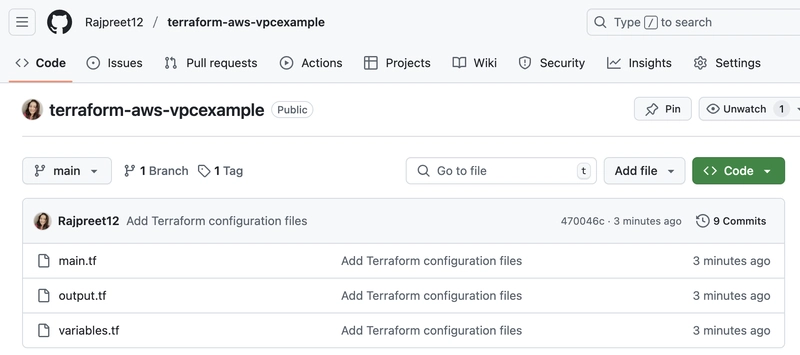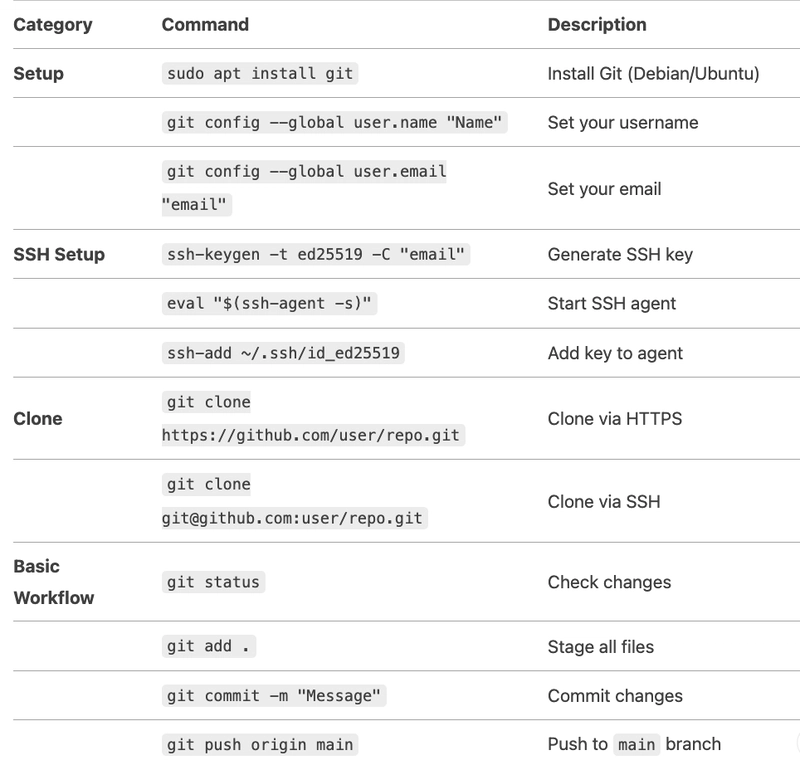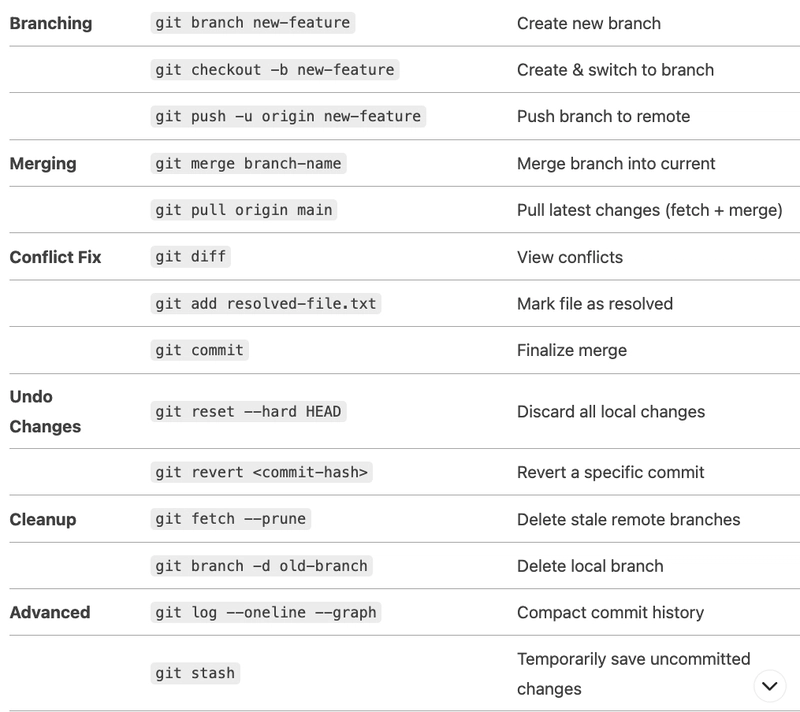"GitHub Kung Fu: Mastering Repos Like a Linux CLI Ninja with terraform"
` Introduction As a Linux engineer diving into infrastructure-as-code, I built a production-ready AWS VPC module using Terraform - with some Linux command-line wisdom sprinkled in. Here's how you can leverage both worlds to create maintainable cloud infrastructure.` Index Lab 1: VPC Module Lab 2: Git CLI Lab 3: Git Cheat Sheet Lab 1: Authoring the VPC Module (Linux Style) 1. Core Infrastructure (With Linux Parallels) main.tf - The "Infrastructure Blueprint" Linux Analogy: Like building /etc/network/interfaces using variables from envvars for_each ≈ for i in {1..3}; do ip addr add ...; done 2. Linux-Inspired Validation variables.tf - The "Configuration Panel" Linux Parallels: validation ≈ [[ "$CIDR" =~ ^[0-9./]+$ ]] || exit 1 type constraints ≈ declare -i PORT=80 (type enforcement) 3. Linux Comparison Focus outputs.tf - The "API Endpoints" Why This Matters: Reusability: Other modules/Terraform workspaces can consume these Debugging: Quickly get IDs without AWS console (like ip a for networking) Automation: Feed outputs into scripts (similar to $(hostname) in bash) Key Takeaways for Linux Engineers main.tf = Your config_file (e.g., sshd_config) variables.tf = ENV vars + input validation (set -u) outputs.tf = stdout for other processes (| grep) Pro Tip: Add this to your ~/.bashrc for quick outputs: Lab 2: Git Integration (Terminal Workflow) 1. Initialize Git Repo On GitHub, sign in and create a new repository named terraform-aws-vpcexample. Take the URL and add it as the remote origin: 2. Commit the changes and push them to the remote repository: git add . git commit -m "Initial commit" git tag v1.0.0 git push -u origin main && git push --tags Now, could check in GITHUB all the files successfully committed. Lab 3: GitHub Repository Management Cheat Sheet All essential Linux CLI commands for Git operations Why This Matters Infrastructure as Code (IaC) + Git = Traceability Every change is versioned, auditable, and collaborative. CLI Efficiency No GUI dependencies – ideal for remote servers/automation. #30DaysLinuxChallenge #CloudWhisler DevOps #Linux #RHCSA #Opensource #AWS #CloudComputing Catch out by My LinkedIn profile https://www.linkedin.com/in/rajpreet-gill-4569b4161/

`
Introduction
As a Linux engineer diving into infrastructure-as-code, I built a production-ready AWS VPC module using Terraform - with some Linux command-line wisdom sprinkled in. Here's how you can leverage both worlds to create maintainable cloud infrastructure.`
Index
- Lab 1: VPC Module
- Lab 2: Git CLI
- Lab 3: Git Cheat Sheet
Lab 1: Authoring the VPC Module (Linux Style)
1. Core Infrastructure (With Linux Parallels)
main.tf - The "Infrastructure Blueprint"
Linux Analogy:
- Like building /etc/network/interfaces using variables from envvars
- for_each ≈ for i in {1..3}; do ip addr add ...; done
2. Linux-Inspired Validation
variables.tf - The "Configuration Panel"
Linux Parallels:
- validation ≈ [[ "$CIDR" =~ ^[0-9./]+$ ]] || exit 1
- type constraints ≈ declare -i PORT=80 (type enforcement)
3. Linux Comparison Focus
outputs.tf - The "API Endpoints"
Why This Matters:
Reusability: Other modules/Terraform workspaces can consume these
Debugging: Quickly get IDs without AWS console (like ip a for networking)
Automation: Feed outputs into scripts (similar to $(hostname) in bash)
Key Takeaways for Linux Engineers
main.tf = Your config_file (e.g., sshd_config)
variables.tf = ENV vars + input validation (set -u)
outputs.tf = stdout for other processes (| grep)
Pro Tip: Add this to your ~/.bashrc for quick outputs:
Lab 2: Git Integration (Terminal Workflow)
1. Initialize Git Repo
- On GitHub, sign in and create a new repository named
terraform-aws-vpcexample. - Take the URL and add it as the remote origin:
2. Commit the changes and push them to the remote repository:
git add .
git commit -m "Initial commit"
git tag v1.0.0
git push -u origin main && git push --tags
Now, could check in GITHUB all the files successfully committed.
Lab 3: GitHub Repository Management Cheat Sheet
All essential Linux CLI commands for Git operations
Why This Matters
- Infrastructure as Code (IaC) + Git = Traceability
- Every change is versioned, auditable, and collaborative.
- CLI Efficiency
- No GUI dependencies – ideal for remote servers/automation.
#30DaysLinuxChallenge #CloudWhisler
DevOps #Linux #RHCSA #Opensource #AWS #CloudComputing
Catch out by My LinkedIn profile
https://www.linkedin.com/in/rajpreet-gill-4569b4161/









































































































































































![[The AI Show Episode 144]: ChatGPT’s New Memory, Shopify CEO’s Leaked “AI First” Memo, Google Cloud Next Releases, o3 and o4-mini Coming Soon & Llama 4’s Rocky Launch](https://www.marketingaiinstitute.com/hubfs/ep%20144%20cover.png)

















































































































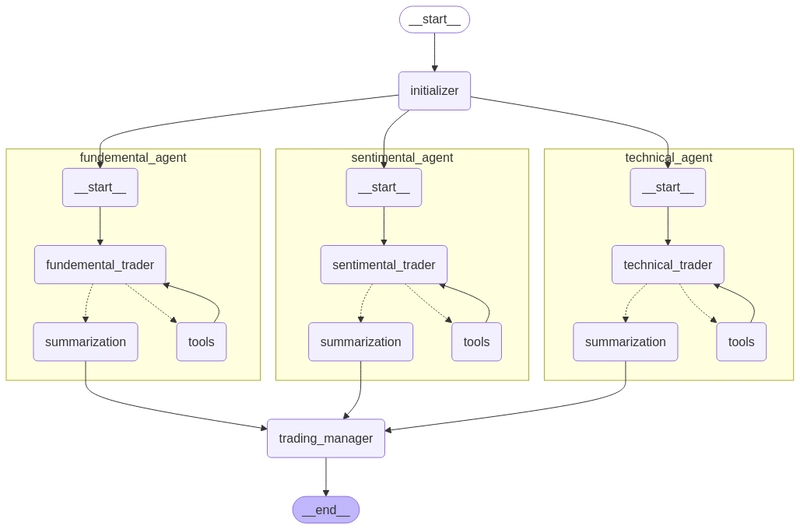
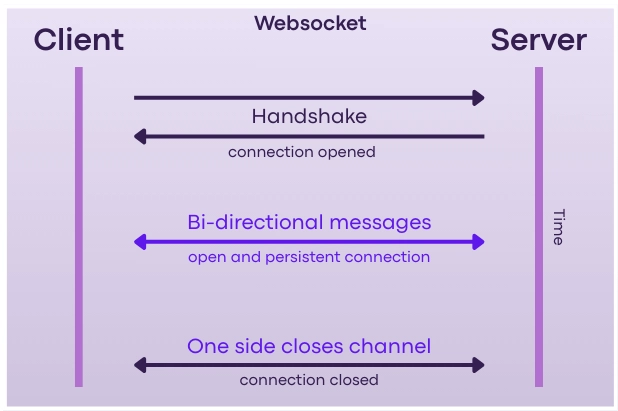










![[DEALS] The All-in-One Microsoft Office Pro 2019 for Windows: Lifetime License + Windows 11 Pro Bundle (89% off) & Other Deals Up To 98% Off](https://www.javacodegeeks.com/wp-content/uploads/2012/12/jcg-logo.jpg)



























![Is this too much for a modular monolith system? [closed]](https://i.sstatic.net/pYL1nsfg.png)






















































































































_Andreas_Prott_Alamy.jpg?width=1280&auto=webp&quality=80&disable=upscale#)






























































































![What features do you get with Gemini Advanced? [April 2025]](https://i0.wp.com/9to5google.com/wp-content/uploads/sites/4/2024/02/gemini-advanced-cover.jpg?resize=1200%2C628&quality=82&strip=all&ssl=1)












![Apple Shares Official Trailer for 'Long Way Home' Starring Ewan McGregor and Charley Boorman [Video]](https://www.iclarified.com/images/news/97069/97069/97069-640.jpg)
![Apple Watch Series 10 Back On Sale for $299! [Lowest Price Ever]](https://www.iclarified.com/images/news/96657/96657/96657-640.jpg)
![EU Postpones Apple App Store Fines Amid Tariff Negotiations [Report]](https://www.iclarified.com/images/news/97068/97068/97068-640.jpg)
![Apple Slips to Fifth in China's Smartphone Market with 9% Decline [Report]](https://www.iclarified.com/images/news/97065/97065/97065-640.jpg)

































































































































